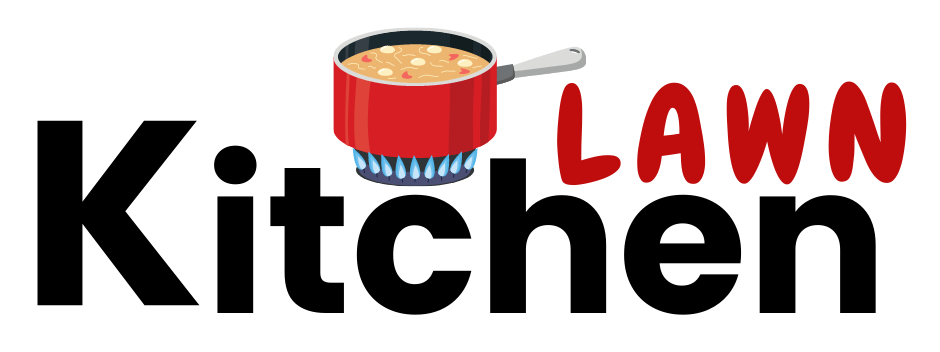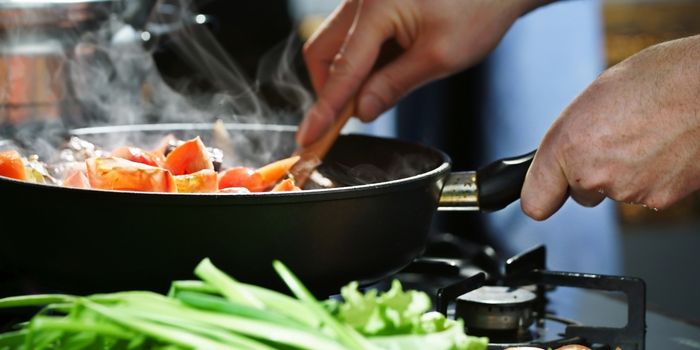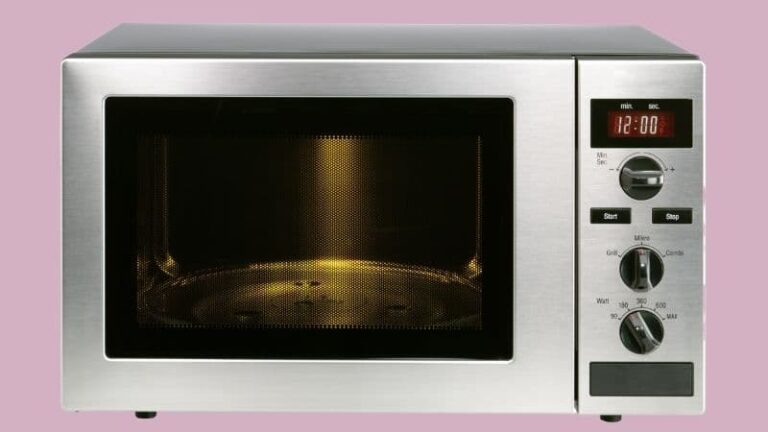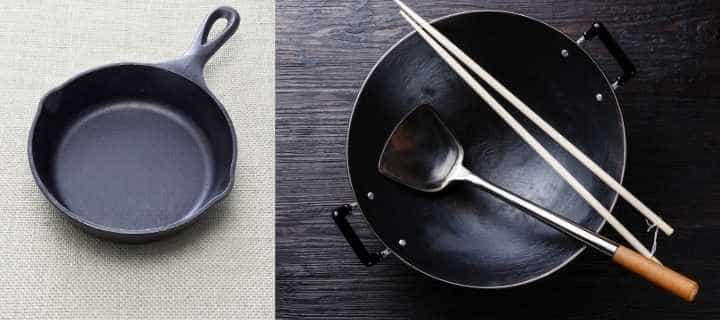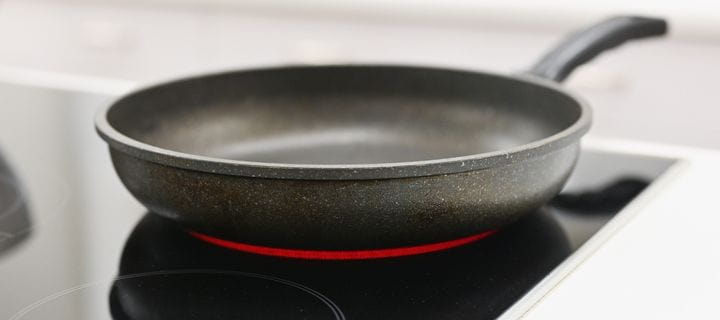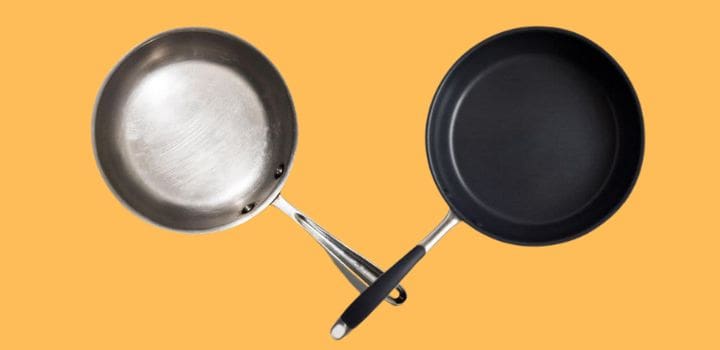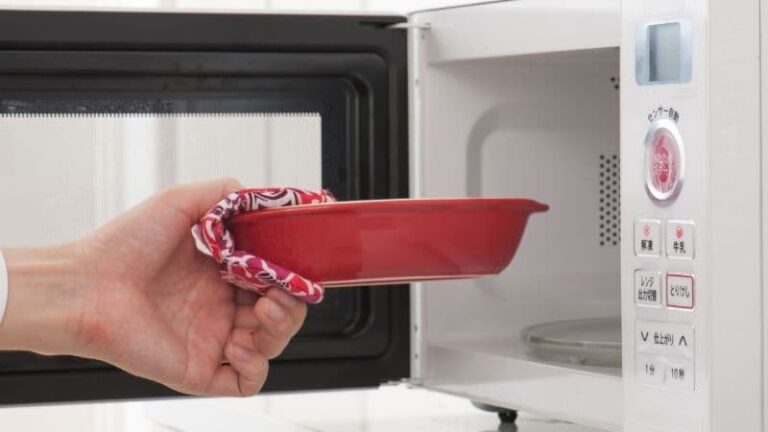If you’ve ever used a nonstick pan, you know how convenient it is. You don’t have to worry about food sticking to the pan, and cleanup is a breeze. But what you may not know is that there are potential health risks associated with using these types of pans.
I spent days researching the safety of nonstick cookware. I looked at studies, talked to experts, and combed through government reports.
In this article, we’ll take a detailed look at what I found out about nonstick cookware, PTFE, TEFLON, PFOA, its health effects, and most importantly are nonstick pans safe?
What is nonstick cookware?
A nonstick cookware surface is engineered such that food does not stick to it and is called nonstick cookware. The non-stick surface allows food to brown without sticking. That’s because the surface of the pan is coated with a glossy or waxy material.
But What is PTFE and Teflon? Are all nonstick pans Teflon
The waxy surface in the case of Teflon non-stick pans is made of polytetrafluoroethylene (PTFE). PTFE is a synthetic fluoropolymer that has a variety of uses, including as a coating for cookware. Teflon is a brand name for PTFE-coated cookware. Not all PTFE or other fluoropolymers used to make nonstick cookware fall under the Teflon brand.
PTFE or Teflon is the most well-known type of nonstick coating, but it’s not the only one. There are also pans coated with ceramic, anodized aluminum, and other materials.
Read More: Best Non-Stick Pan Without Teflon
How do nonstick pans work?
The nonstick coating on pans works by creating a barrier between the food and the pan. This barrier prevents food from sticking to the pan and makes cleanup a breeze.

The chemical composition of PTFE is based on two carbon atoms and four fluorine atoms. The molecular structure has an outer shell filled with fluorine atoms. This shield of fluorine atoms keeps the carbon atoms from reacting with other chemicals.
In addition to their resistance to reacting, fluorine atoms also play a role in giving PTFE a low coefficient of friction. This means that PTFE doesn’t stick to other materials when they come into contact with each other, making it easier to slide them around.
The nonstick coating is applied to the pan during the manufacturing process. It’s usually applied by spraying or rolling on a liquid PTFE, which then dries and forms a hard, smooth surface.
So Is Nonstick Cookware Safe?
People around the world utilize nonstick pots and pans regularly for cooking. The nonstick cooking surface is excellent for flipping pancakes, turning fish, and frying eggs. It can be used for preparing specialty foods that might otherwise stick to the pan.
However, some sources have raised controversial concerns surrounding nonstick cooking surfaces, such as Teflon. Critics claim that they are detrimental to health and may have potentially negative repercussions.
Teflon and PFOA exposure – Is nonstick coating toxic?
People have been using cookware with polytetrafluoroethylene (PTFE) since the 1960s. Recently, there has been a lot of discussion about whether this type of cookware is safe. Most of the debate is about a substance called perfluorooctanoic acid, or PFOA. This acid is used in making many types of fluoropolymers, including PTFE.
PFOA is harmful to both pet birds and humans. There were multiple bird deaths due to fumes from PTFE nonstick coatings, as well as two specific cases of polymer fume fever in humans.
The good news is that PFOA has been phased out of production in the United States since 2015. However, it can linger in the environment for years.
So even though PFOA is no longer being used to make PTFE, it’s still present in the environment, used in fast-food packaging and stain-resistant coatings and we’re still being exposed to it.
Exposure to PFOA has been linked to a variety of health problems, including:
- Kidney and testicular cancer
- Liver damage
- Thyroid disease
- High cholesterol
- Obesity
- Hormone disruption
- Immune system problems
- Reproductive issues
- Early onset of puberty
Dangers of Overheating Teflon Cookware – When is nonstick cookware unsafe?
Health experts agree that Teflon itself is harmless when used as intended. The real danger comes when Teflon is heated to high temperatures.
When Teflon is heated to temperatures above 570°F (300°C), it begins to break down and release harmful chemicals into the air. These chemicals have been linked to polymer fume fever, a condition that causes flu-like symptoms, such as:
- Headache
- Chills
- Fever
- Muscle aches
- Nausea
- Shortness of breath
Inhaling these chemicals can also cause lung damage and respiratory problems. In severe cases, it can be fatal.
Fortunately, polymer fume fever is rare. It typically only occurs in people who are exposed to high concentrations of Teflon fumes for a long period of time.
Why are nonstick pans bad for birds?
PFOAs are extremely harmful to birds. The use of Teflon-coated lightbulbs has resulted in the destruction of chicken farms.
Tips to minimize your PFOA exposure when cooking

Today, there is not enough scientific evidence to support the claim that nonstick pans are unsafe for human use if used according to manufacturers’ instructions. However, if you’re concerned about potential health risks, there are some steps you can take to minimize your exposure to PFOA.
1. Never preheat an empty pan
I carried out an experiment and heated two empty nonstick pans. I chose one cheap lightweight nonstick pan and the other one was a high-end heavier nonstick pan. The lightweight pan reached over 500 F in under 2 mins while the heavier pan took just under 4 mins to reach 500 F.
2. Don’t exceed the recommended cooking temperature
Cook on medium heat. Nonstick is best suited for fried eggs, fish, and, pancakes. These foods do not require high heat. Common mediocre non-stick pans can reach over 500 F in under 3 mins even with oil in them.
3. Ventilate your kitchen
If you are cooking on high heat, keep your exhaust fan and windows open for ventilation. This will clear out any fumes.
4. Don’t broil or sear meats
Broiling and searing meat require a temperature above than recommended safe temperature for nonstick pans so avoid this cooking technique while using nonstick pans.
5. Choose a heavier base nonstick pan
The lightweight pans are cheap but they heated up twice as fast as the heavier non-stick pan in my experiment. So choose heavier non-stick pans even if they are more expensive.
6. Try ceramic coatings
Although they don’t last as long as the Teflon nonstick they can tolerate a little more high temperatures than the Teflon non-stick pans.
7. Avoid chipped or damaged pans
Metal utensils can cause chipping and flaking. Such non-stick pans can likely release more toxic gases. Use wooden or silicon utensils, avoid abrupt temperature changes, and stacking, and use a soft sponge to clean. If a pan is scratched or damaged, replace it.
Related Post: How To Restore Non-stick Pan
Alternatives to nonstick cookware –What nonstick pans are non-toxic?
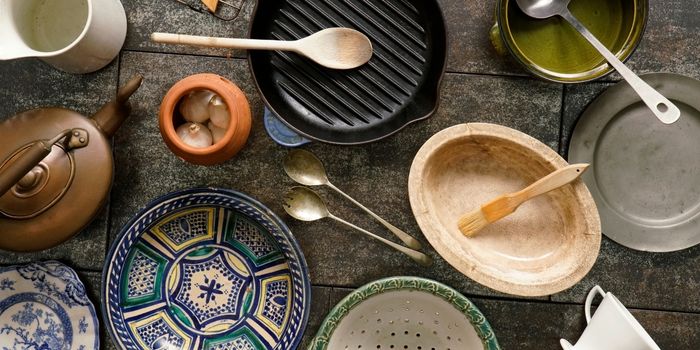
If you’re concerned about the potential health risks of nonstick cookware, there are some safer alternatives available.
1. Stainless Steel
Stainless steel is a popular choice because it is durable and easy to clean. It is also believed to be safer than nonstick cookware because it does not release toxins into food when heated.
Related Post: How to Make Stainless Steel Non-Stick
A stainless steel behaves just like nonstick pan when used it reaches a certain temperature. At this temperature, drop water will dance like a mercury ball instead of evaporating. At this temperature add little oil and then add food.
2. Cast Iron
Another popular option is cast iron cookware. Cast iron has been used for centuries and is a very durable option. A well seasoned cast iron behaves almost like a nonstick pan.
Read More: Best Cast Iron Skillet for Glass Top Stove
3. Carbon Steel
Carbon steel is another option that is similar to cast iron. It is also very durable and can be seasoned to create a nonstick surface.
4. Pure Ceramic Cookware
Ceramic cookware is a newer option on the market that is becoming more popular. Ceramic cookware is made of clay that has been kiln-fired. It is a non-toxic and eco-friendly option that is safe to use.
5. Ceramic Coated Cookware
Ceramic-coated cookware is another safe option that is similar to nonstick cookware. The difference is that the coating is made of ceramic instead of chemicals. Ceramic coatings are believed to be safer than traditional nonstick coatings. Make sure to read the labels because some ceramic-coated cookware is also made from PTFE
6. Silicone cookware
Silicone cookware is a flexible option that is safe to use. It can be used in the oven, microwave, and freezer. Silicone is a non-toxic material that is heat resistant and easy to clean.
7. Glass Cookware
Glass cookware is another safe option that does not release toxins into food. It is also oven safe and easy to clean.
Conclusion
It is important to know what you are cooking. While nonstick cookware is not harmful if used correctly, there are other safe and healthy alternatives on the market that you can use instead.
We suggest doing your research and reading about the different types of alternative cookware before making a decision.
At the end of the day, it is up to you to decide what is best for your family’s health. Have you tried any nontoxic cookware? Let us know in the comments!
Read More:
